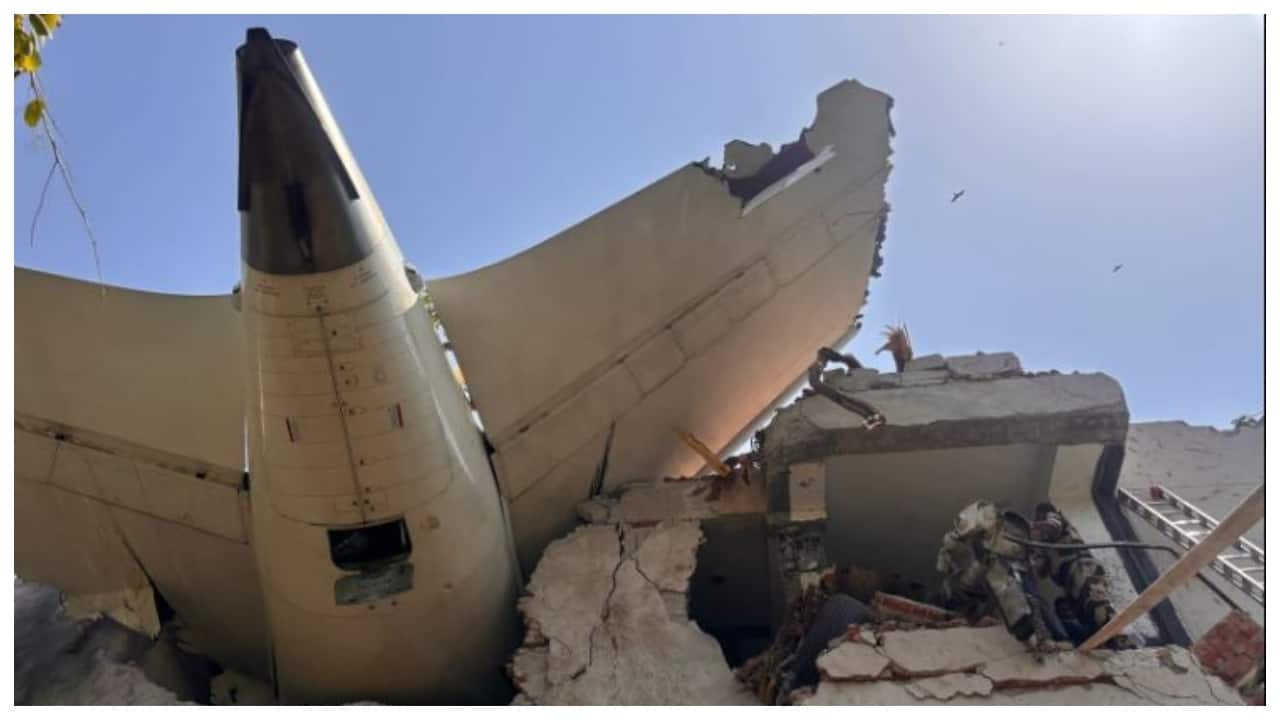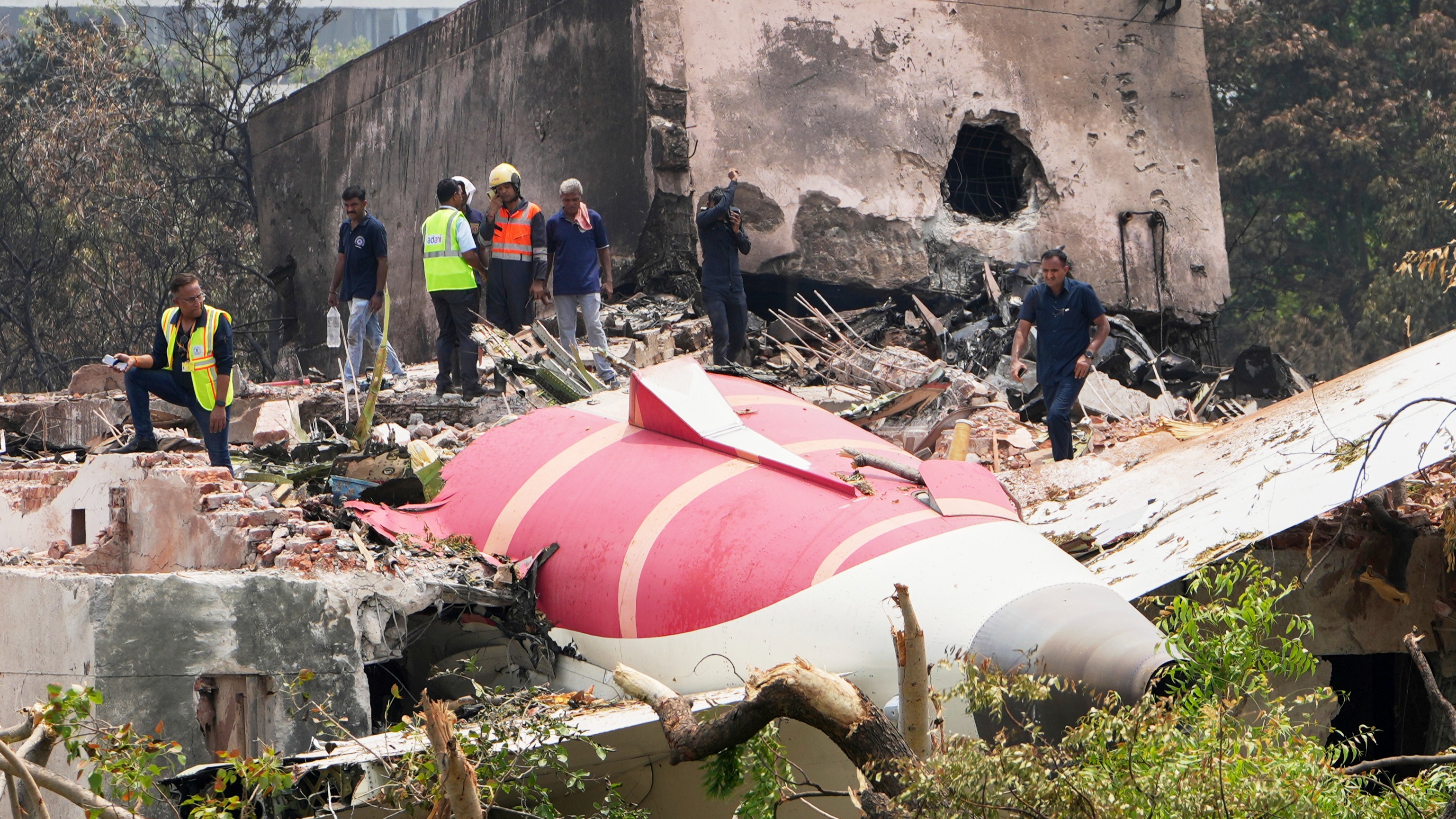Air India Flight AI 171 Crash: AAIB Preliminary Report Points to Fuel Supply Cutoff

India's Aircraft Accident Investigation Bureau (AAIB) has released its preliminary report on the Air India Boeing 787-8 Dreamliner crash that occurred on June 12, 2025, in Ahmedabad. The report reveals that the fuel supply to both engines was cut off just three seconds after the aircraft became airborne, triggering a chain of events that led to the fatal crash.
The crash of Flight AI 171, en route to London Gatwick, resulted in 260 fatalities, including 241 onboard and at least 19 on the ground. The aircraft impacted a medical hostel complex near the airport.
Key Findings of the Preliminary Report

The AAIB's initial findings highlight a critical sequence of events in the moments following takeoff:
- Fuel Cutoff: Three seconds after liftoff, the fuel supply to both engines was abruptly cut off.
- Engine Performance: As the fuel supply ceased, the engine N1 and N2 (fan rotation speed) of both engines began to decrease rapidly.
- Airspeed: The aircraft reached a maximum airspeed of 180 knots indicated air speed before the fuel cutoff switches for Engine 1 and Engine 2 transitioned from "RUN" to "CUTOFF" position, one second apart.
- Cockpit Confusion: The Cockpit Voice Recording (CVR) captured a pilot asking, "Why did you cutoff?", with the other pilot responding, "I did not do so." This suggests confusion and the possibility of an unintended activation or a technical malfunction.
- Emergency Power: The aircraft's Ram Air Turbine (RAT), an emergency power source, automatically deployed immediately after liftoff, indicating a complete loss of power to essential systems.
- Engine Recovery Attempts: An automatic relight was successfully initiated for Engine 1, and Engine 2's fuel cutoff switch also transitioned back to "RUN" four seconds later. However, Engine 2 failed to restart despite multiple attempts to reintroduce fuel.
- MAYDAY Call: The pilots issued a "MAYDAY MAYDAY MAYDAY" distress call 26 seconds after becoming airborne, just six seconds before the crash.
- Impact: The aircraft crashed in a nose-up attitude of 8° with level wings, but with both engines inoperative.
Maintenance History and Potential Contributing Factors

The preliminary report also examined the aircraft's maintenance history and identified the following:
- Throttle Control Module: The throttle control module on the Boeing 787-8 Dreamliner (registration VT-ANB) had been replaced in both 2019 and 2023. However, the replacements were not directly linked to the fuel control switch, and no defects related to the switch had been reported since 2023.
- FAA Bulletin: A 2018 US Federal Aviation Administration (FAA) Special Airworthiness Information Bulletin (SAIB) concerning potential disengagement of the fuel control switch locking feature on Boeing 737 models was referenced. Despite the potential issue, the FAA did not consider it an unsafe condition warranting an Airworthiness Directive (AD).
Victims and Key Personnel

The ill-fated flight was piloted by Captain Sumeet Sabharwal and First Officer Clive Kunder. The crash claimed the lives of 241 passengers (with only one survivor), and at least 19 individuals on the ground when the plane crashed into a medical hostel complex.
Ongoing Investigation and Future Steps

The AAIB's investigation is ongoing, with several key areas requiring further examination. These include:
- Forensic Analysis: In-depth forensic analysis of the aircraft's components.
- Fuel Sample Testing: Thorough testing of fuel samples to rule out contamination or other fuel-related issues.
- Post-Mortem Reports: Detailed post-mortem examinations of the flight crew to assess any potential medical factors.
The final report on the Air India Flight AI 171 crash is mandated to be completed within one year of the accident. The findings will be crucial in determining the precise cause of the crash and implementing necessary safety measures to prevent similar incidents in the future.
Public Reaction and Scrutiny

The preliminary report's findings have sparked significant public concern and intense scrutiny of aviation safety standards in India. The lack of immediate safety recommendations to Boeing 787-8 or GE GEnx-1B engine operators has also drawn criticism.
The incident has placed considerable pressure on regulatory bodies, including the Directorate General of Civil Aviation (DGCA) and the US Federal Aviation Administration (FAA), to ensure rigorous oversight and transparency in aviation operations. The stock market also saw an immediate impact on aviation sector stocks following the crash.